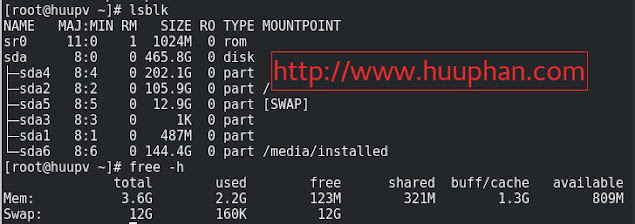How to setting password policies in Zimbra
Introduction Setting strong password policies in Zimbra is essential for enhancing the security of your email system. By enforcing robust password requirements, you can protect user accounts from unauthorized access and potential security breaches. In this article, we will guide you through the process of configuring password policies in Zimbra, helping you to implement best practices for password security and safeguard your organization's email communications. How to setting password policies in zimbra? To help your system increase security, password strongest. Setting password policies in Zimbra To get all COS use zmprov command su - zimbra zmprov gac -v | grep Password | sort | uniq To display all attributes as below zimbraFeatureChangePasswordEnabled: TRUE zimbraMobilePolicyAllowSimpleDevicePassword: FALSE zimbraMobilePolicyAlphanumericDevicePasswordRequired: FALSE zimbraMobilePolicyDevicePasswordEnabled: TRUE zimbraMobilePolicyDevicePasswordExpiration: 0 zimbraMobile...


